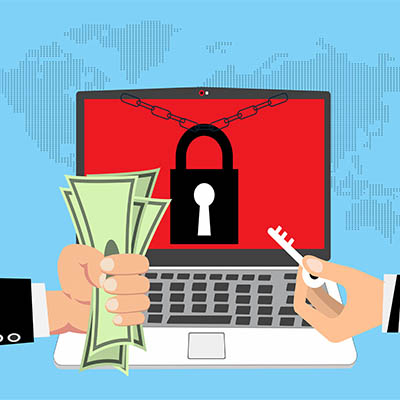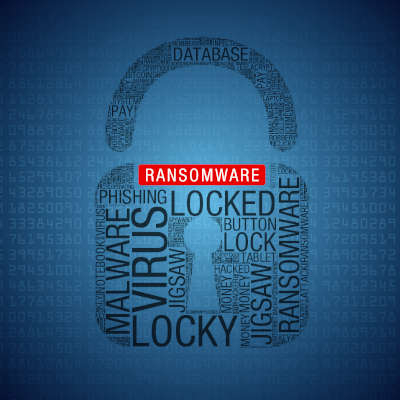Despite most security professionals advocating against making ransomware payments, according to a study by Mimecast titled “The State of Ransomware Readiness,” the United States has the highest average payment for ransomware out of the entire world at more than $6 million per victim. This number is shockingly high, as is the amount of people who are still paying the ransom.
Ransomware has taken over the security industry, as we are sure you have seen from the endless headlines associated with it. All business owners must remain cognizant of the dangers that ransomware represents. A new study has found that organizations infected by ransomware that wind up paying the ransom are not necessarily better off–in fact, paying the ransom could have disastrous consequences.
Cyberattacks are spending less time on their victims’ networks before they are discovered, which sounds like good news, but the reality isn’t so straightforward. Let’s take a few moments and dig into the situation at hand, and what it means for your cybersecurity.
During this time of year, many people like to sit back and reminisce upon favorite stories from the past. We figured we’d join in the fun by reimagining what many argue to be a holiday classic: Die Hard. Let’s take a few moments to consider how the story might play out if the action were to take place today…
We haven’t exactly been shy about sharing our recommendation that a ransomware demand should never be met with payment, but there is now an even more impactful reason not to. This deterrent comes courtesy of the United States Treasury Department, which has released a statement informing businesses of potential fines as retribution for doing so.
- 1
- 2





